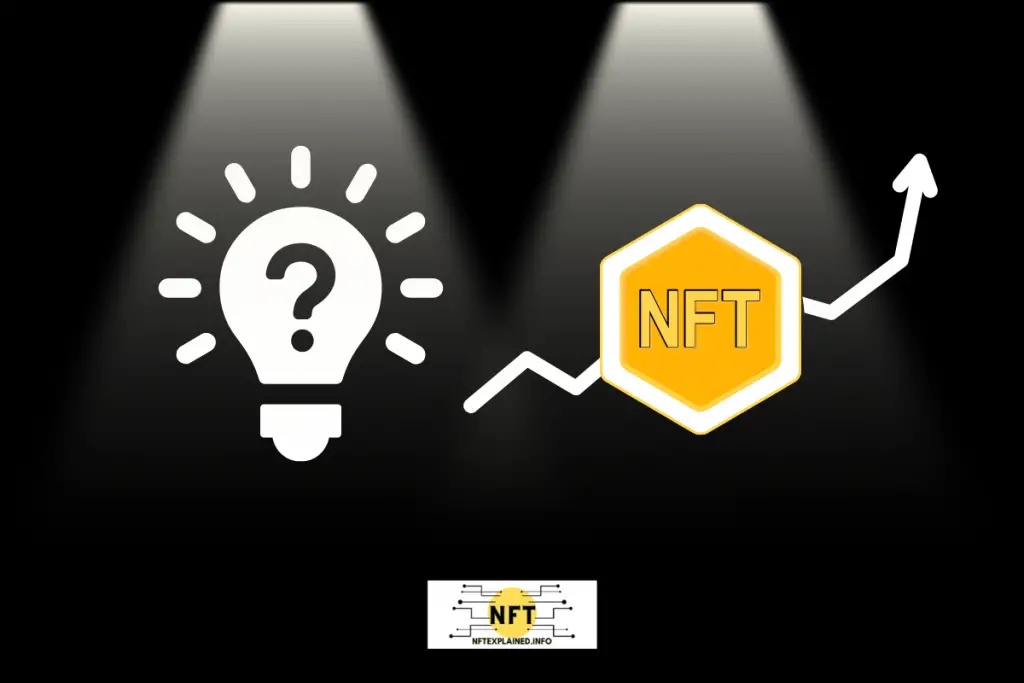
There is a large contingent of people who dislike NFTs; this is likely because it is challenging to understand the reasoning as to why people would spend hundreds of thousands of dollars on “pictures of monkeys”. NFTExplained is dedicated to creating valuable educational material, so understanding the motivation and rationale of both NFT skeptics and zealots is very valuable.
In order to understand the real reason why people purchase NFTs, we looked at the path of someone who initially disliked NFTs but eventually purchased hundreds of them, including spending a whopping US $9,000, on an ape jpeg. Meet Cam, a blogger and YouTuber, who loves the NFT space and wants to provide an educational resource for those interested in NFTs.
Before we dive in, our team wants to preface that we are pulling a few reasons why NFTs have value from Cam’s article linked here and a more in-depth explanation with the other reasons as to why Cam has purchased a jpeg for a large amount of money can be found on his site.
So, Why Do People Buy NFTs?
People purchase NFTs for reasons like the perceived value of them; similar to artwork, value comes from what an investor is willing to pay. More tangible reasons include: the bill of sale (shown on the blockchain), the scarcity of the digital item, the IP rights, and more.
Cam expresses the difference between actual and perceived value through an illustrative example using the Mona Lisa. He states, “Leonardo da Vinci didn’t use $850 million worth of materials to paint the Mona Lisa, but that’s the current valuation.”
Source
Additional reasons as to why people purchase NFTs include the bill of sale or authentication that comes from purchasing one. When an NFT is bought, or resold, this information is updated on the blockchain to immediately reflect these changes.
With physical items, it’s tough to tell where the item (e.g. sneakers or other luxury goods) has come from. People who make fake replicas, take apart real ones, and construct fakes to the exact same dimension.
The counterfeit industry is worth an astonishing US $2.8 trillion dollars and NFTs provide some insight as to the importance of being able to verify the original owner (creator) and the other people who have previously owned the item.
Another aspect that Cam mentions is intellectual property or IP rights; for example, with the monkey jpeg that Cam purchased, he had the exclusive right – from the founding team known as Yuga Labs – to monetize his purchase.
While Cam may not have done this, we have witnessed many people use their IP rights to start businesses including a burger joint in Orange County, known as Bored & Hungry. Andy Nguyen – one of the co-founders of the burger restaurant – used his Ape as the logo for the restaurant. This resulted in a lot of publicity surrounding the launch of the restaurant.
Again more reasons including digital identity (and how that plays into networking), utility, and more can be found here.
Now, let’s examine the true value of NFTs.
What Is The Value Of NFTs?
The true value of an NFT is somewhat based on the amount people are willing to pay for it. Like art, an NFTs’ value is often derived from society’s opinions on it; however, unlike art, NFTs can also be valued based on the utility (e.g. access to exclusive events), IP rights, and more.
While it is true that perceived value plays a large role on the worth of many things – including artwork that is sold for millions of dollars – perceived value is only one aspect that guides people’s thinking around establishing the market price of an NFT.
Since NFTs are often more than just digital art, the value is derived from a collection of different aspects that are typically gained from owning an NFT. Going back to the Ape that Cam owns, he was able to attend an exclusive yacht party that only other ape holders had the chance to go to as well as other events – like “ApeFest”.
The true value of attending those types of events and the revenue stream(s) that might arise from the exploitation of the IP rights for the ape owned is challenging to value. At the end of the day, the value often comes down to what another person is willing to pay (potentially for those experiences) and to be the exclusive owner of that digital piece of art.
If you enjoyed this type of content, we recommend you check out Cam on YouTube and to read his articles.
If you would like to connect with us feel free to subscribe to our YouTube! You can also find NFTexplained.info on Instagram, Twitter & TikTok!
